SEMOR THE MAD ONE: About inspiration, freedom and 25 years of lived graffiti history
Prologue: The Basel line
“When I was ten or twelve, I bought a weekend ticket and went to Switzerland – because I heard that the Basel line was the most colorful train line in the world. I told my mom back then that I was staying at a friend’s house. I got off the train in Basel and somehow I knew that I had to put on a high-visibility vest. I had my camera and a huge pack of film with me, all analog of course, so I walked the train line and photographed everything I could capture. Dare pieces. Toast. Dream. The whole TWS crew. Click – click – click. The whole day. Overnight, I got settled in a train station and the next day I walked back another line. And then back home by train. In the end I had probably taken 30 films. Unbelievably expensive. But when the photos were finally developed, I had to wait what felt like five weeks, I celebrated it in such a way. I got myself a coke and looked at each photo in turn. Great, great, great. This is where I was! What a backflash! I still have the photos. So that was graffiti for me and from then on I knew that I wanted to stick with it.” – Semor
Graffiti painter, lecturer, freelance artist
He has stuck with it for more than 27 years now. Has tried out many things, developed further and never stood still, although pure street graffiti was never quite his thing. “I grew up in the countryside, so it wasn’t really an issue. Still, I think it’s nice to look at”, Semor says. At some point, he then decided to take more of a legal route – and within that he is now broadly positioned: He has not only developed his own style, but gives workshops, paints the one or other commissioned work and is active in the studio. And he also works as a lecturer at an art academy. Somehow, everything developed in this way; he was never the kind of person who would have pushed it with emphasis or actively promoted it. Rather, one thing always developed out of the other, Semor explains. Coincidences certainly played a role, but the conscious selection of projects also contributed to this broad foundation. “And somehow, if I’m honest, it was always my biggest dream to be able to make a living from it one day”, he says. “I.e. to be able to do really free work as well. That’s exactly what everyone wants, isn’t it? Sure, if you’re realistic, you also know that it won’t work out until you’re 60. But I simply love studio work. That’s why my focus is now also on that. I just love being here in my little room, working and trying out new things. So not necessarily new techniques, but just using the can as a different tool.”
Studio works: “FluorSeries”
As far as his studio works are concerned, he has meanwhile created a clear visual recognition mark. Semor’s works play with abstract, sometimes space-spanning compositions, with nuanced overlays as well as partly broken geometric forms. Within this, the artist not only balances different perspectives against each other, but also experiments with different materials, repeatedly setting visual counterpoints. Monumental color surfaces enter into dialogue with typographic arrangements and filigree lines, ultimately merging into a harmonious whole.
At the same time, the artist works within a firmly defined color spectrum. He uses various shades of gray and combines them with black, white and fluorescent red – which is partly why his current series is called “FluorSeries”. The neon red works for him like a highlighter: “I use the color to emphasize certain moments or parts of the painting. Sometimes I want to emphasize something with it, but sometimes it’s more of a distraction from something. It’s both in a way.” For him, the interesting thing lies above all in the different opacity of the colors and the resulting play of transparency and opacity. Since neon tones are not opaque colors per se, the result is an exciting composition of layers, structures and overlapping surface shapes. “At some point, you actually don’t know which one is actually overlaying which one right now. And that’s what I find exciting about it. First and foremost, it’s always an experiment for me. And the great thing about it is that I’m just super self-determined in what I do. It’s pure freedom.” And he adds: “And that’s what graffiti has always meant to me, too. That’s why the two things still belong together so strongly for me – even though my studio work is not graffiti in the classic sense, of course, because it’s not letters”, Semor says. This may partly explain why Semor’s ‘fluorescent creative urge’ doesn’t stop at his studio door and also reaches outside.
Stylewriting
And this ‘reaching outside’ is only a logical conclusion. Because basically, Semor’s abstract studio works operate in a similar way to graffiti. “I don’t plan anything. It’s all freestyle. Everything you see from me on a wall or maybe on other media is completely freestyle. Standing on the wall, sketching, with the can in my hand and with full physical effort; just being in the here and now. That’s pure freedom for me. And I think it’s exactly the same with abstract painting”, Semor explains. That’s why both forms of expression now have the same significance for the artist, because you can’t think of one without the other.
If you take a closer look at Semor’s styles, you will notice that they are also characterized by abstract forms as well as letters – yet he, too, has had a long development, has tried out many things and never stopped experimenting. “At some point, around 2013, it became more graphic”, Semor explicates. “I was in Denmark, painting with ZOER, DAIS, Velvet and Storm, and that was really the point where we set up everything very graphically.” And you can still feel that influence today. Thus, his pieces are still characterized by an enormous compositional overview and combine abstract, graphic forms and structures with typographic extravagances. Filigree lines meet sprawling areas of color, razor-sharp outlines meet nebulous fading, abstract letters meet area-covering structures – creating a strong pictorial tension. Nevertheless, Semor points out that his style is now developing a bit more ‘in the direction of graffiti’ again, because a few years ago he started to incorporate small throw-ups, for example. In the end, his style is dominated by a mix of different styles, not arbitrarily conceived, but rather meticulously coordinated. An over-proportioned letter in the front, a filigree-looking one in the back; an open shape here and a graphic element there – and yet everything fits together perfectly. Consequently, it is more a composition of letters, forms, layers and structures than a continuous handwriting in the strict sense.
And the choice of colors is similarly intuitive, because there is no clearly defined color concept. Rather, everything is created on site – situationally – “and is more of a daily thing. Sometimes I like turquoise tones, sometimes more olive tones, and sometimes it can be a wildly mixed combo”, Semor says.
Painting process: between experiment and expertise
For him, the painting process consists of a permanent balancing between spontaneity and strict composition, between experiment and expertise, between impulsiveness and attention of detail, and between ‘fast’ and ‘slow’. Whereby the intuitive is definitely a cornerstone of Semor’s working process, which is why the mistake, the failure, also takes a constitutive part in his work. “Failure is super cool and super important. When I make a mistake, I don’t freak out – on the contrary, it’s just used, reinstalled. Sometimes you don’t even see it anymore, or it’s emphasized. Because many things that happen unintentionally, you have to react to them. It’s just like in normal life, things don’t always work out”, Semor points out. This attitude also explains why the artist is very open to new challenges and collaborations and does not see graffiti as a pure ‘ego thing’. He explains: “Graffiti painters are mostly egoists. They want to paint their name. Still have space left and right. That’s it. And I’ve always been someone who wanted to mix styles, to work with others. I start here, there comes the next one. I add something here, then something there, etc. And in the end you end up with a really cool wall. You wouldn’t believe how many people have benefited from that. I always say, ‘Hey, let’s just do it. You paint 50 cool pieces, then one can also be shit. It doesn’t matter.’ In my opinion, that’s how it has to work. Just mix it up. Spontaneously accept the situation and then see what can be made of it. In the end, a completely different exchange arises. And you have to learn to take a step back”, Semor explains.
Heart and soul, persistence and routine – or: ‘just pull the plug’
This process, as well as the many years of tireless exploration of new terrains, is also what Semor places at the center of his work. Because only through many years of experience and permanent testing something like an own, consolidated style can be developed in the long run – which does not mean that this style can not or must not change over time, quite the opposite. “I’m 39 now, and many people of my age who have been around for 20 to 25 years, have the experience. The style that we paint today – each one different – is something we’ve been working on for years. We really put our heart and soul into it and still do so today. And today it has become almost normal to take a little bit of this, and of that, and just mix it together”, Semor notes. It’s all about sticking with it and developing it further, because “you can’t learn anything from one day to the next. Nothing. The routine comes later and you have to wait for it – otherwise it’s just garbage”, Semor says. That’s why he also advises the kids in his workshops to ‘unplug’ from time to time and deal with analog things. After all, inspiration can be found everywhere – even or especially in everyday things. While it’s perfectly okay to get inspiration from the internet, he says, doing everything online (consuming, perceiving, experiencing, etc.), means losing a lot. “I think the kids who are more likely to do analog things at times get a different appreciation; are more solidified in what they do”, Semor says. “Have you ever tried to color a shadow of a letter with a fineliner that is maybe 1 mm wide? Halfway through, it’s blank and you have to find the next pen. Shit – there’s no more black left. Those were the processes we used to have. That kind of fiddling around, too. You don’t have that in the digital world anymore, and I think those are important processes. And when I see people sitting in the hall with an iPad today, it’s completely over for me”, Semor explains.
At the same time, of course, ‘we’ – that is, our generation – are the ones who invented Facebook, Instagram and the like. Young people are only those who grow up as digital natives and use new media as such. In this flood of information and this visual overload, it is of course increasingly difficult to find one’s way around and develop one’s own style. Semor also acknowledges this fact without question and states: “To be honest, I don’t want to grow up today, because you’re under so much pressure. People are constantly telling you that you have to produce content now, otherwise you’ll slip in the rankings again and won’t be noticed. It’s all way too much. Way too extreme!”
A “Super-Bad-Boy” in Cologne
Despite all his down-to-earthness, from time to time, Semor still finds it appealing to see his name somewhere other than just on the wall – even if his focus has never been on it. This is most likely due to a mixture of an adrenaline rush and spending time in good company. “And at the end, you just have a beer together”, Semor adds. “Of course, sometimes you ask yourself why you do it. But well, it’s also kind of cool. It just started that way.”
With a little wink, this circumstance may also serve as an explanation for why Semor was accepted into the Berlin crew “Super-Bad-Boys” a year ago – and he adds, “because I can tell you, we’re all fully baaaad” [laughs]. But even though Semor loves being in Berlin, visiting his friends there and also painting the one or the other job – he’s at least as happy to come back to Cologne. Because Cologne has always been his place to be and has now become a permanent center of life. “I simply like Cologne. I’ve always experienced Cologne to be very relaxed. Even when I was still skateboarding here. I have the feeling that everyone actually always gets along with each other quite well. Even the legal and illegal scene get along quite well; there have always been overlaps. I like being here because many people are totally spontaneous. Yes, I don’t really want to leave here anymore”, the artist tells.
And the good thing is: he doesn’t have to. Because by now Semor has built up a broad foothold in Cologne, is a welcome lecturer and can (over)live as a freelance artist and graffiti painter. And how could one describe this development better than with the words of the artist himself? Consequently, I quote one last time: “What an awesome life. It’s such a gift. It’s not something that I take for granted, because I have already known it differently, earlier, when I still had a ‘regular job’. That’s why I love it so much. Simply being able to work freely is such a gift”, Semor says, reflecting on his career.
spruehflaschendunst.de
instagram.com/semorthemadone
instagram.com/kai_semor
1,185 views
Categories
Tags:
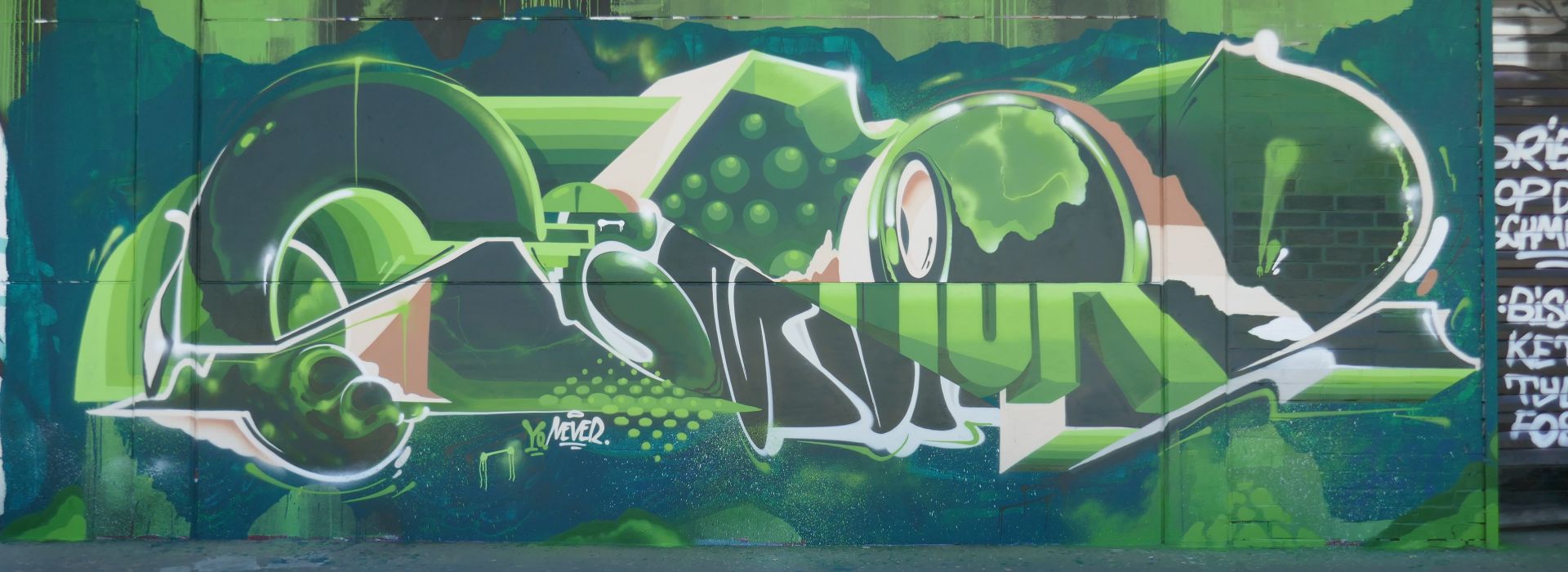
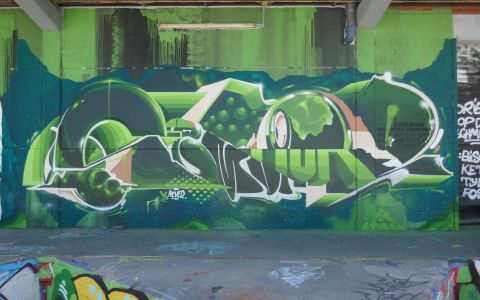
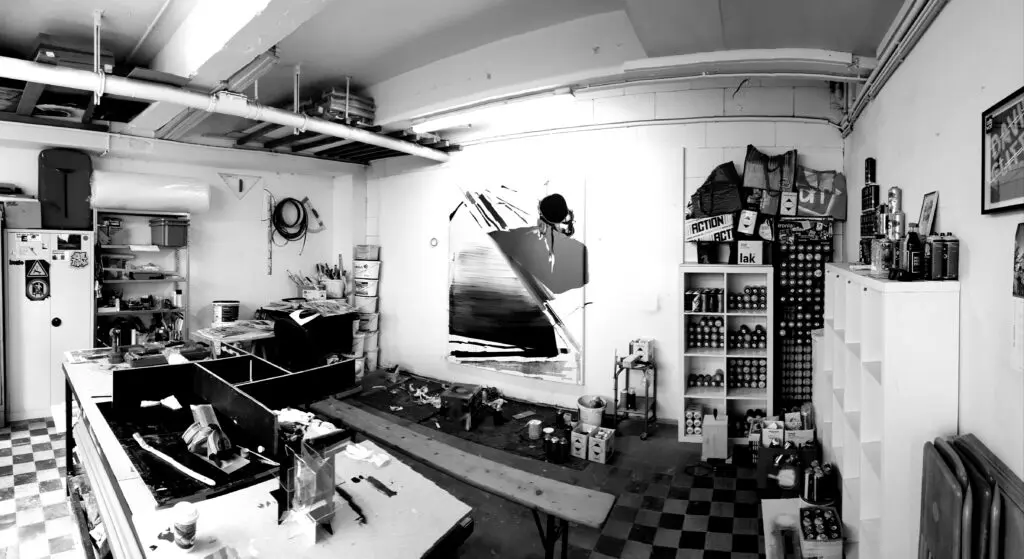
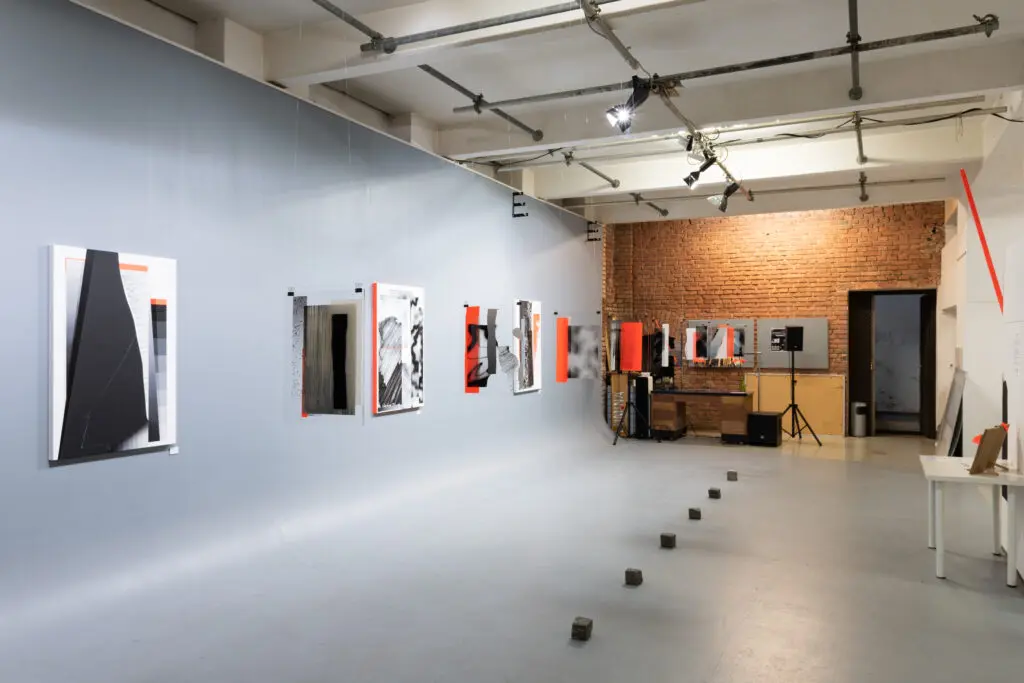

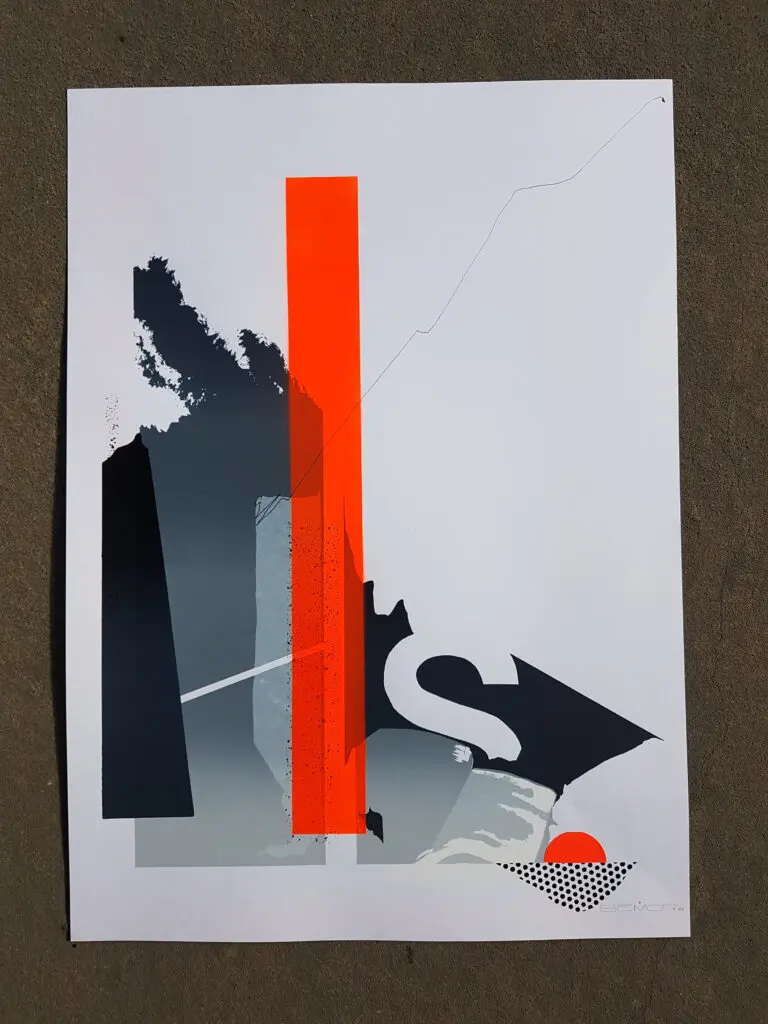
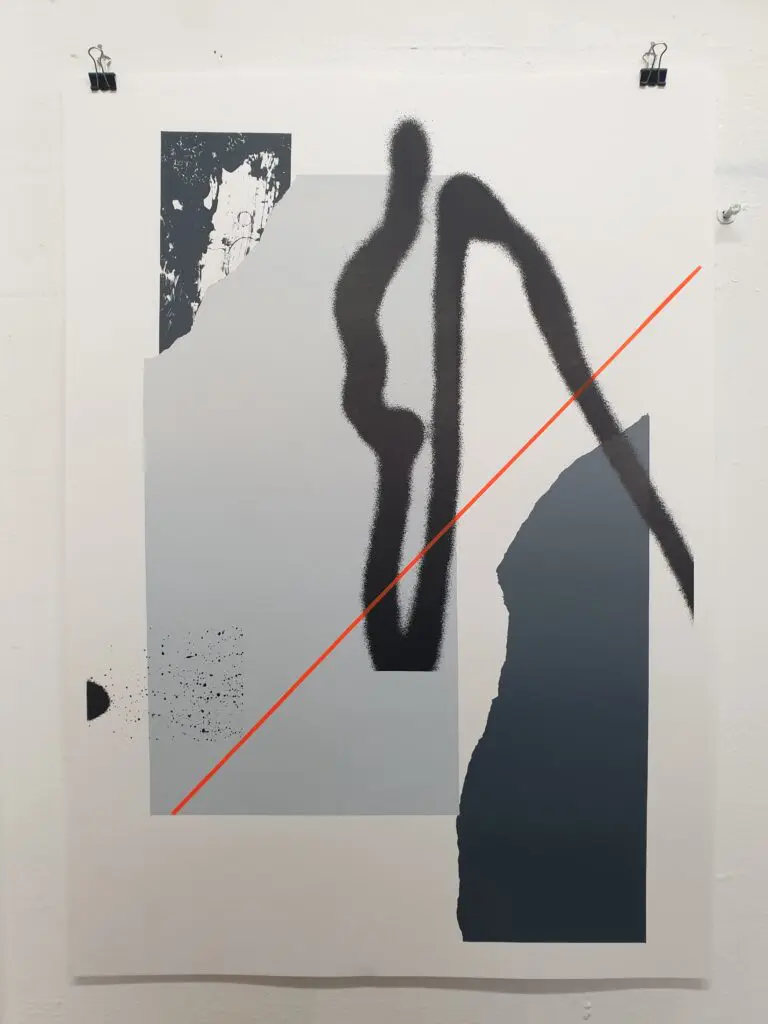
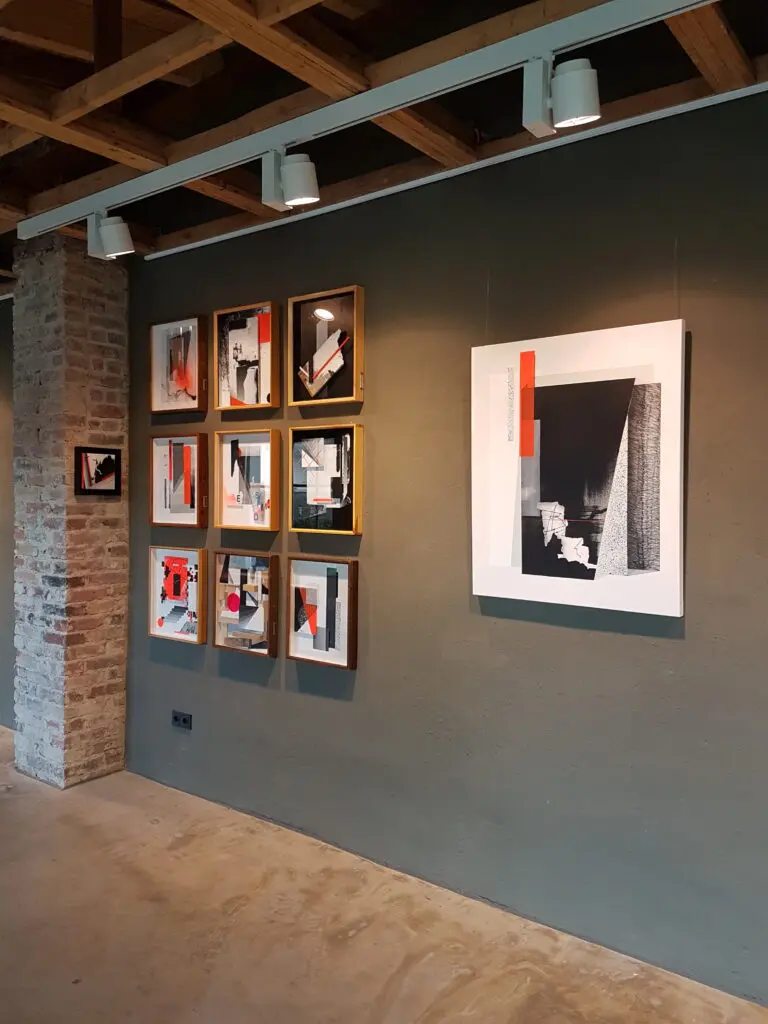
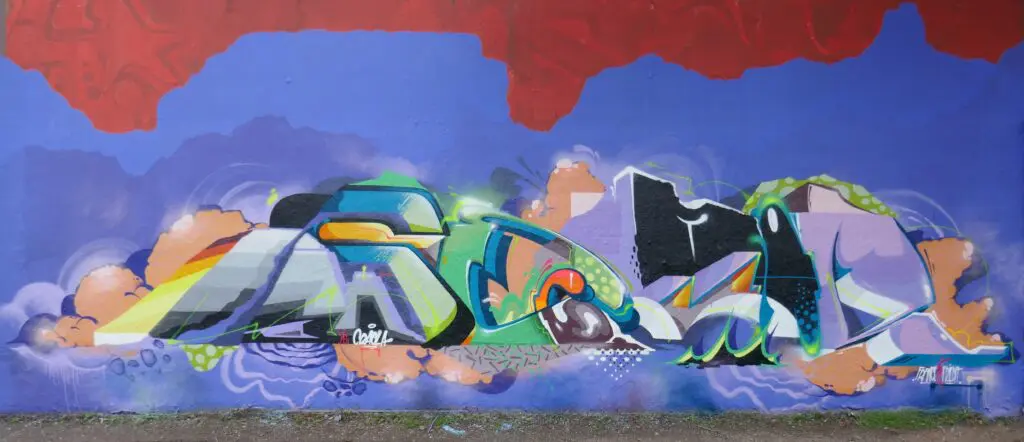
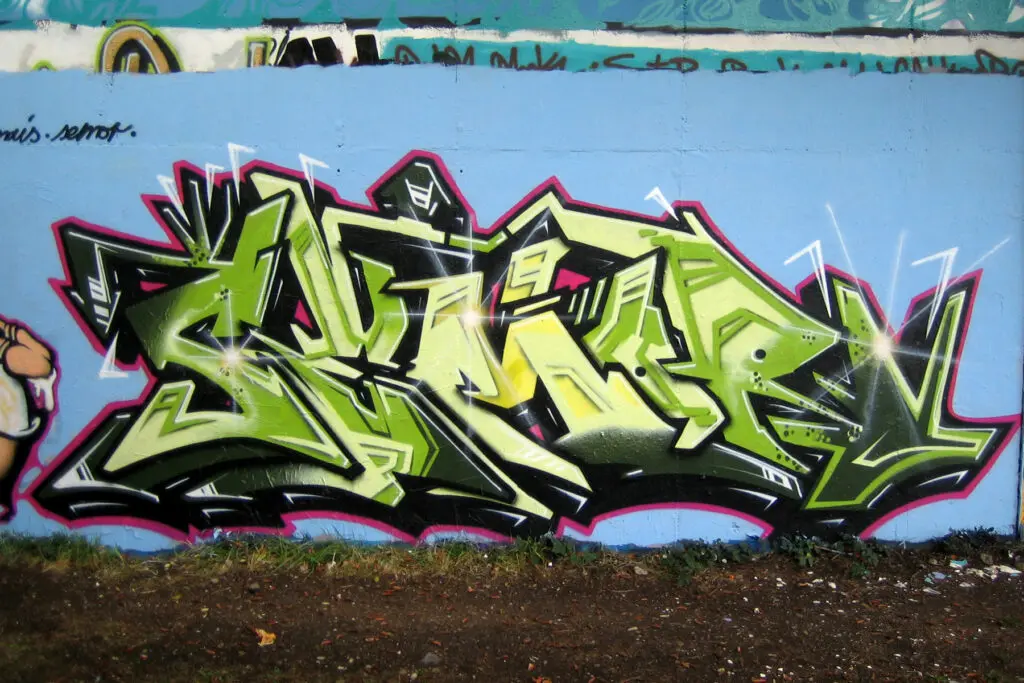
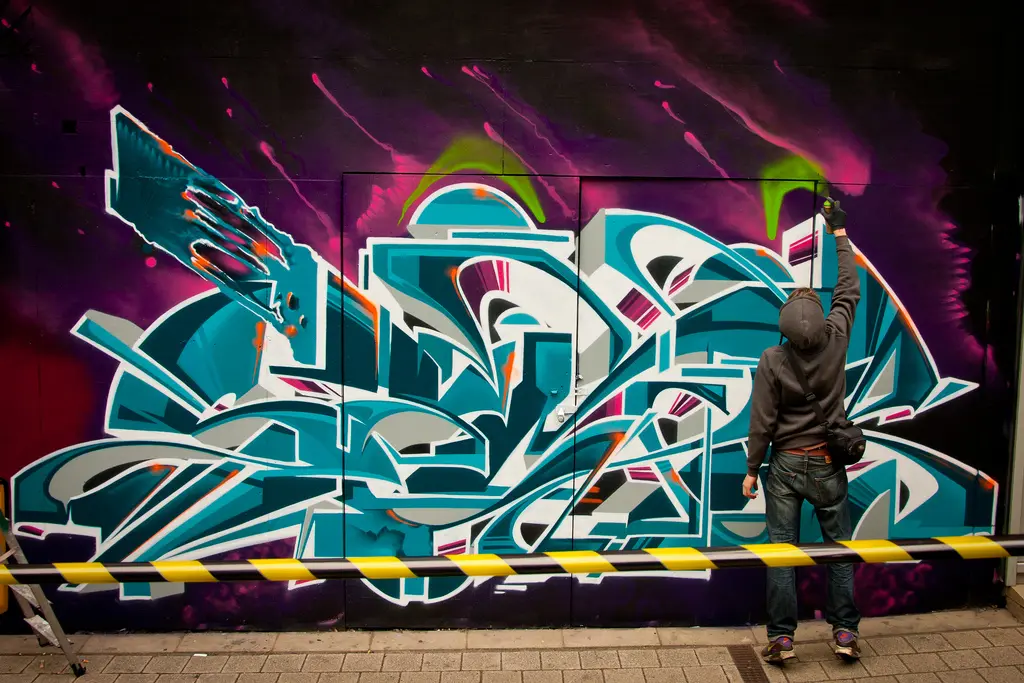
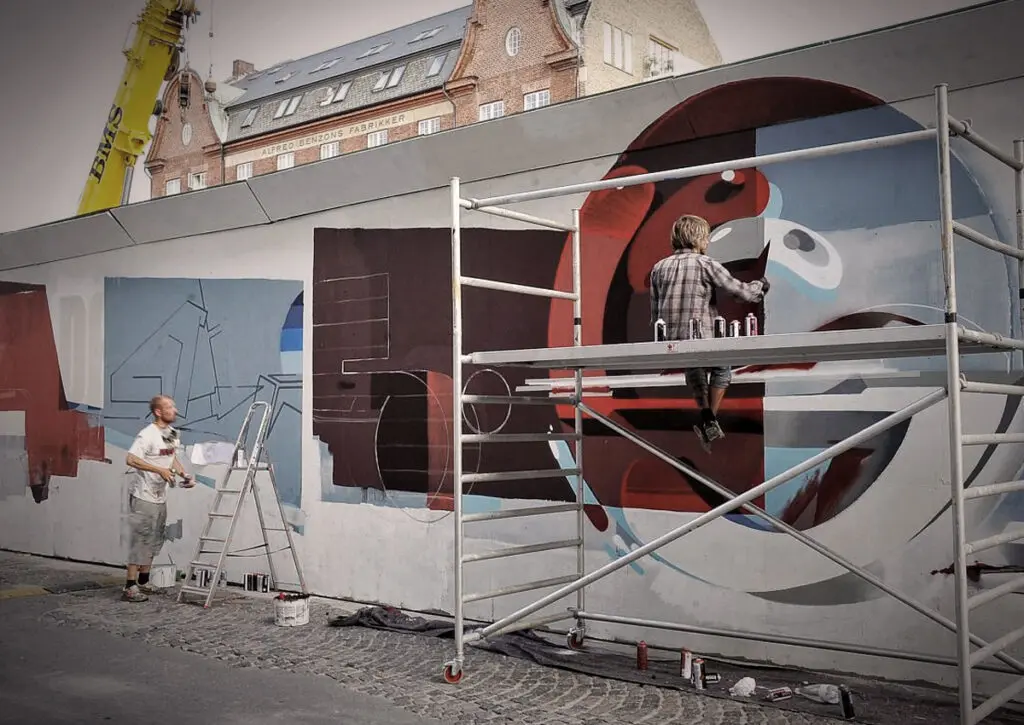
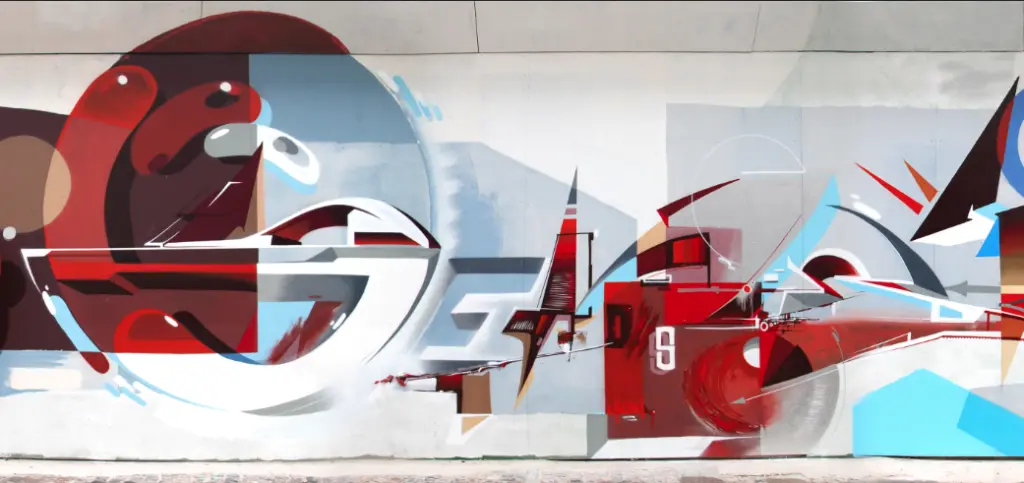
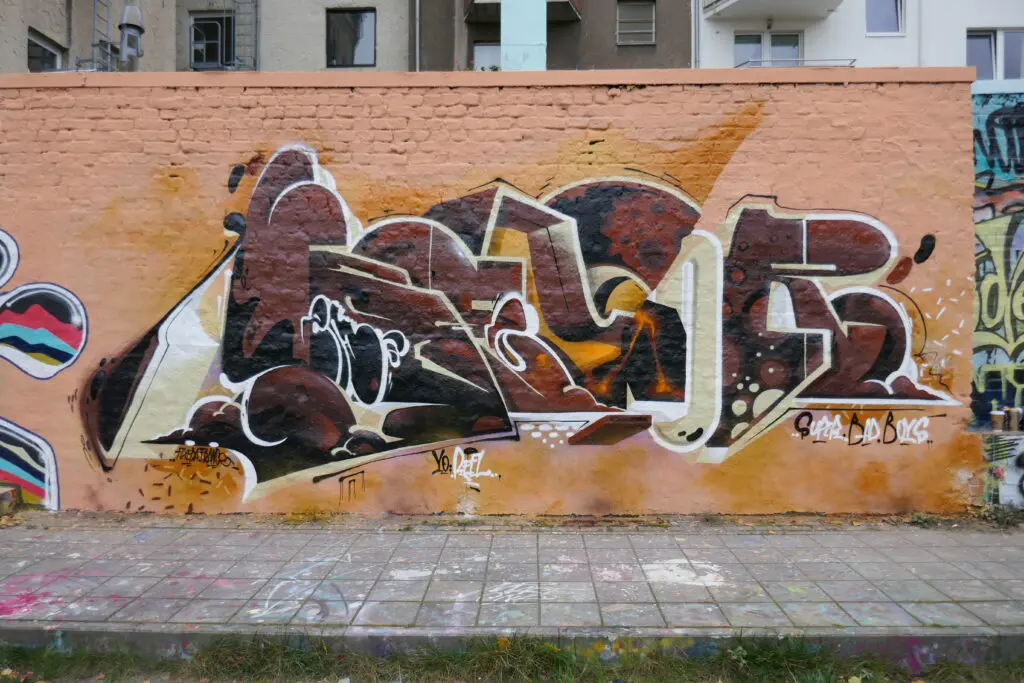
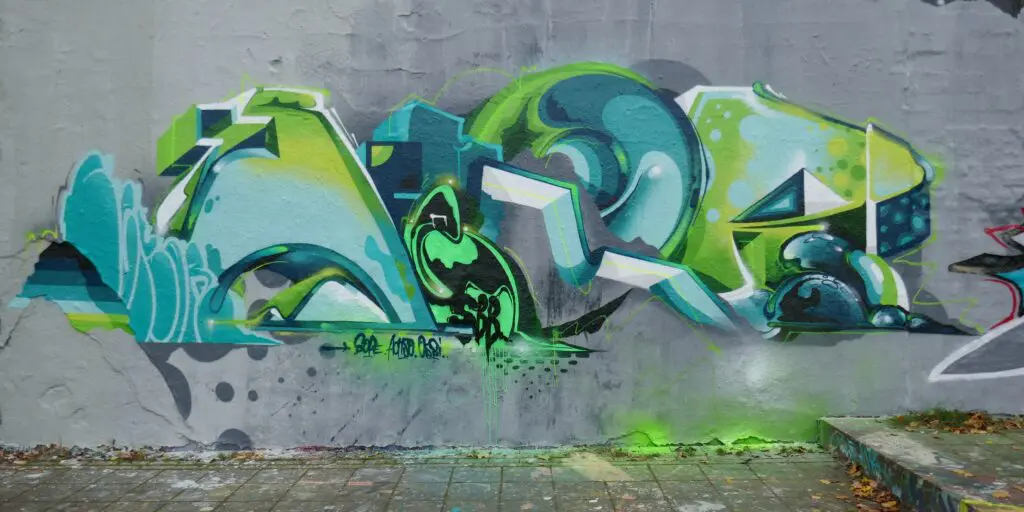
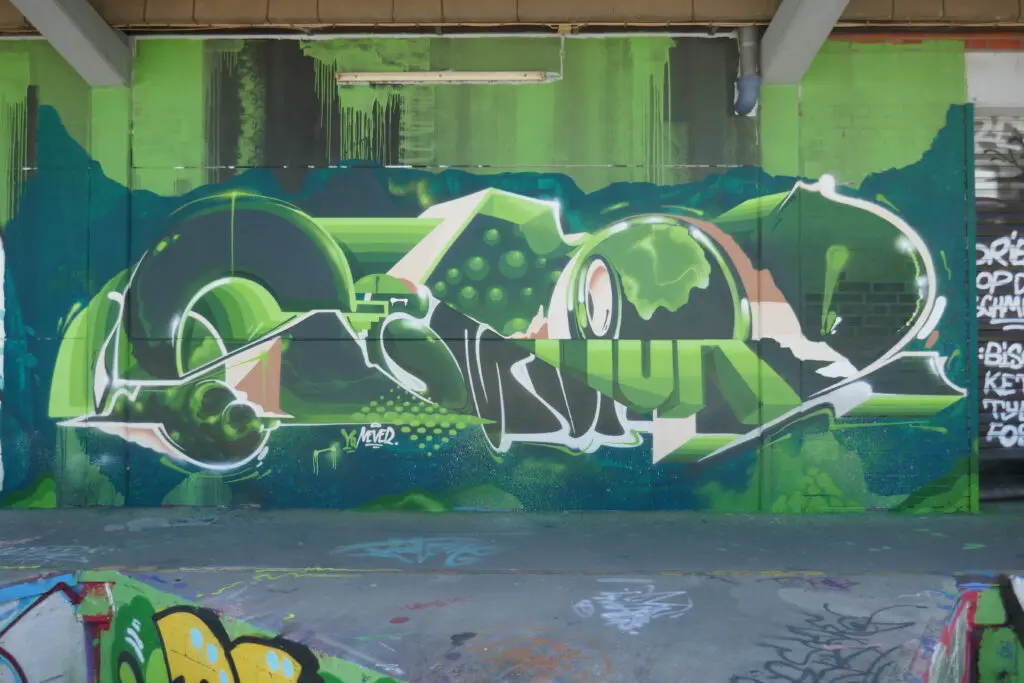
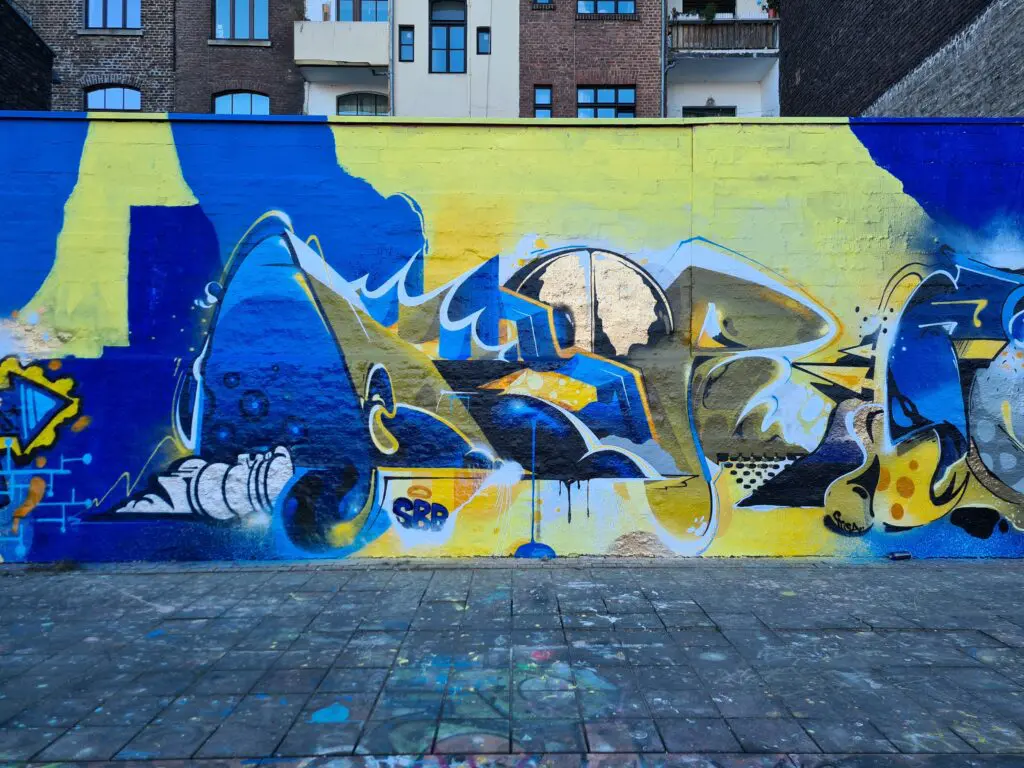
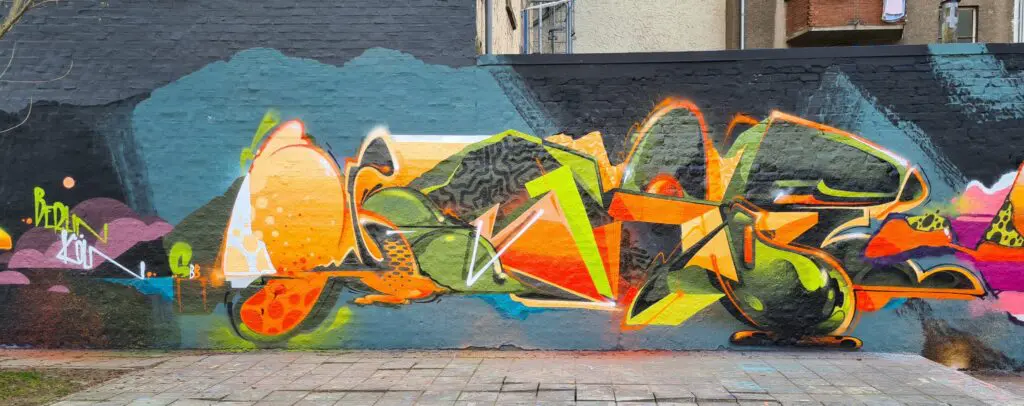
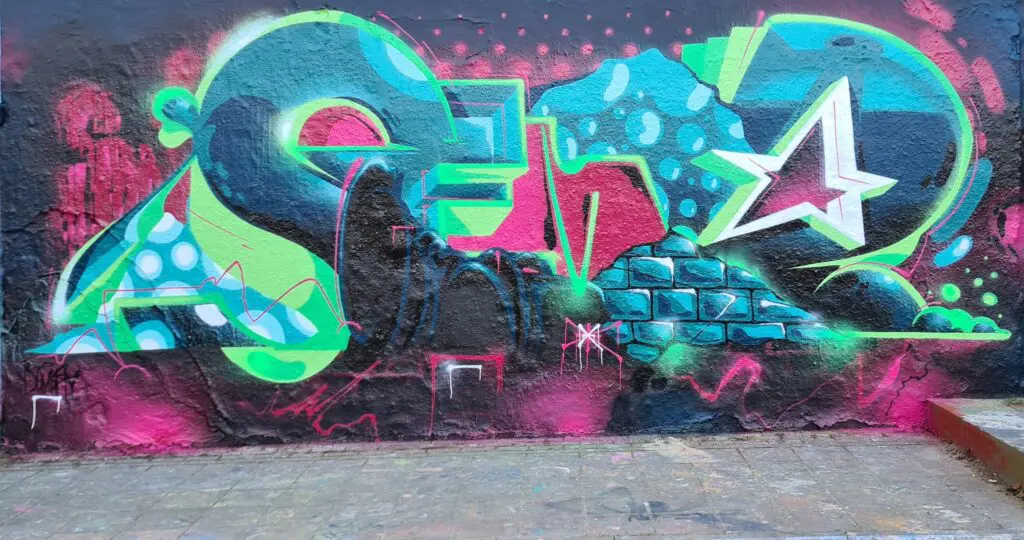
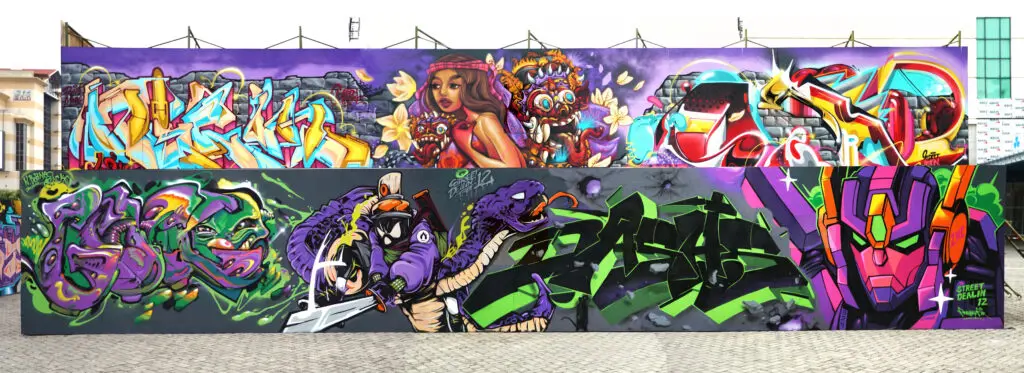
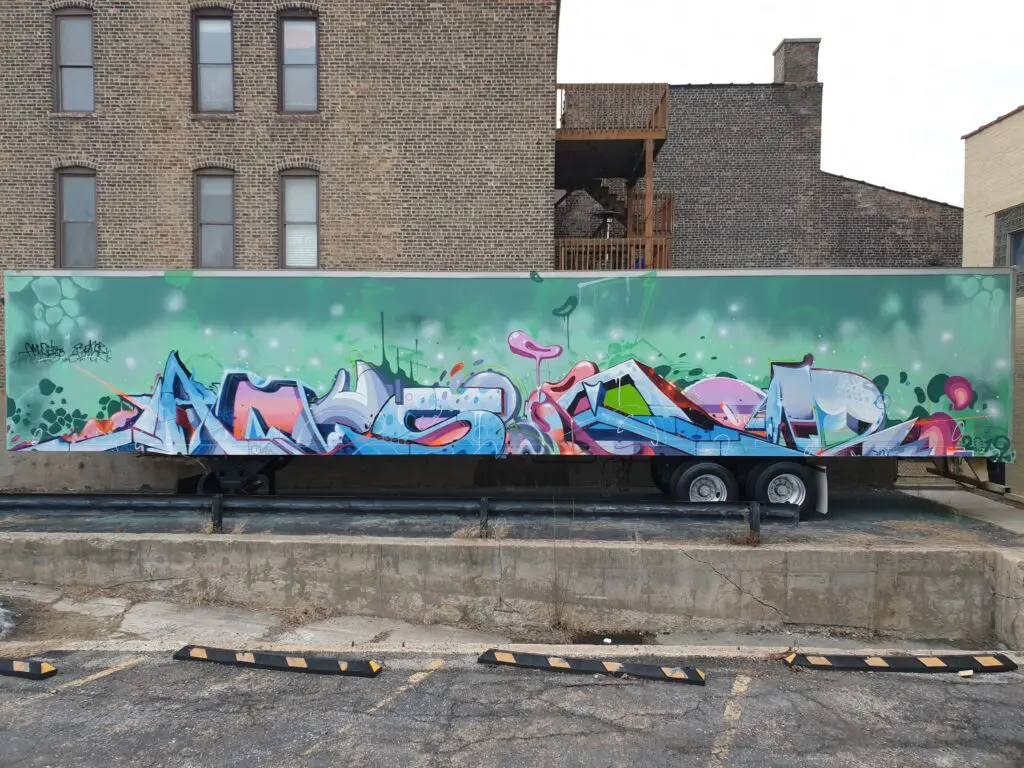
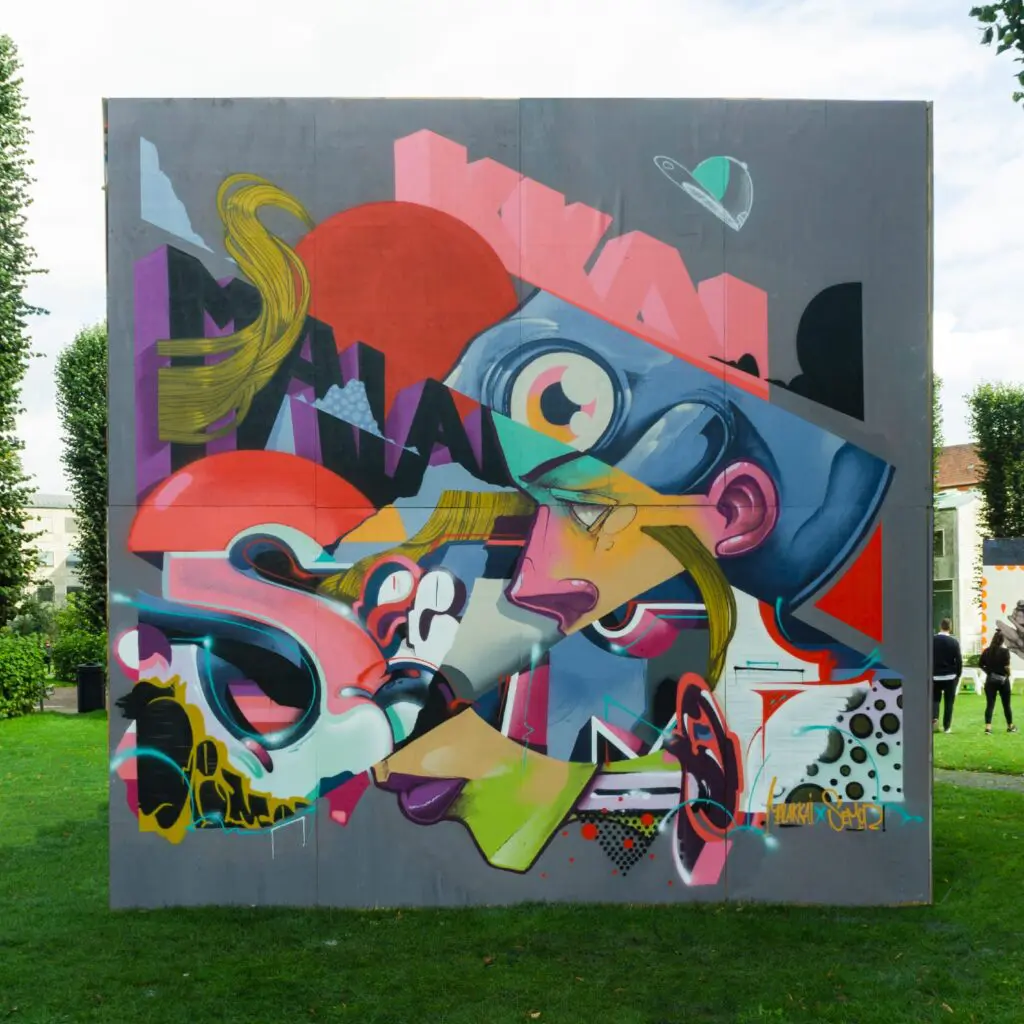
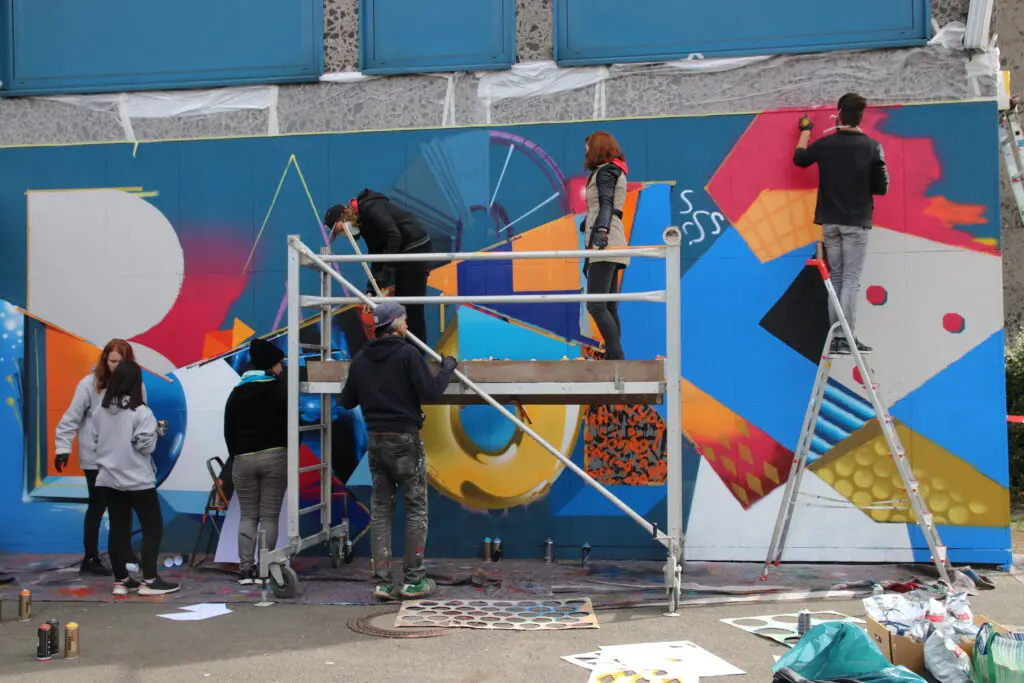
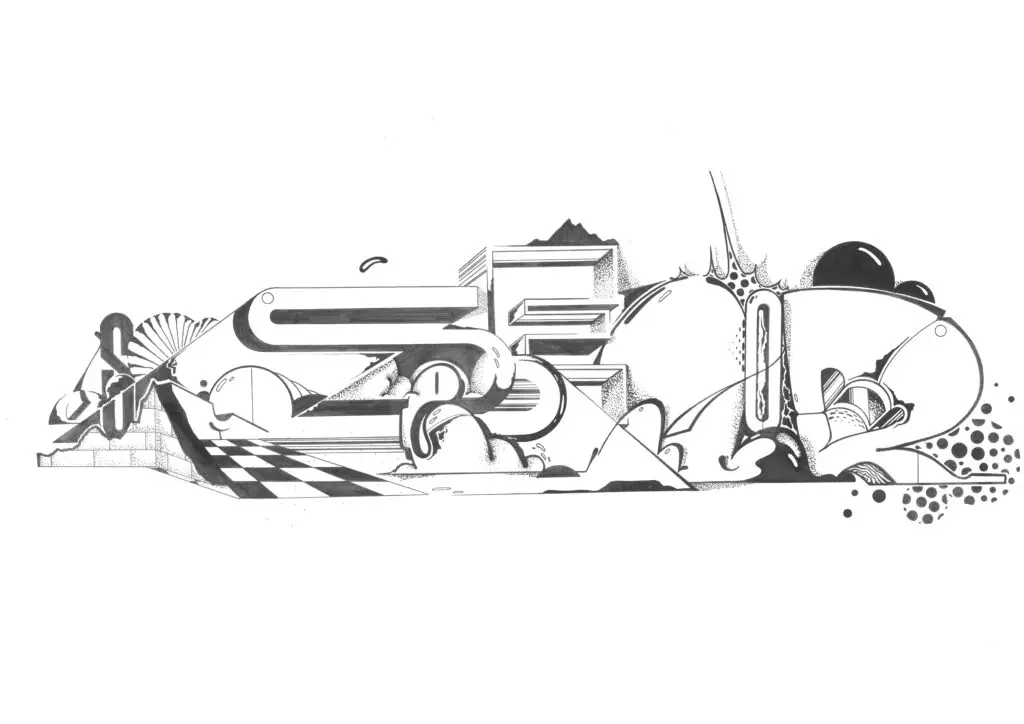
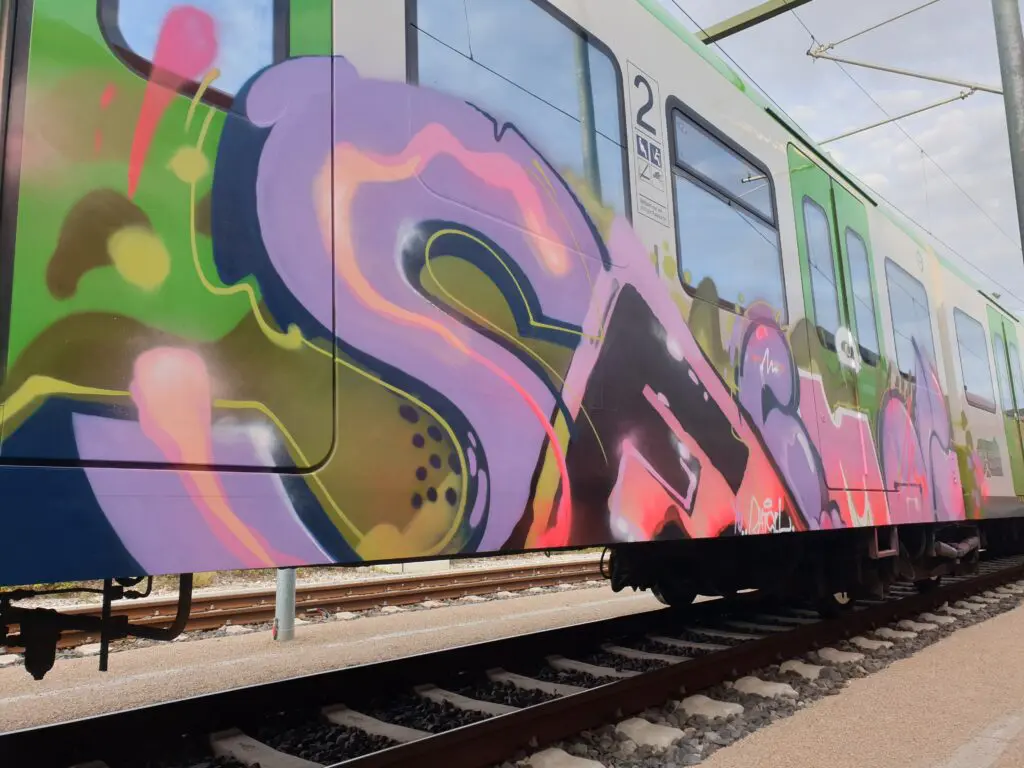
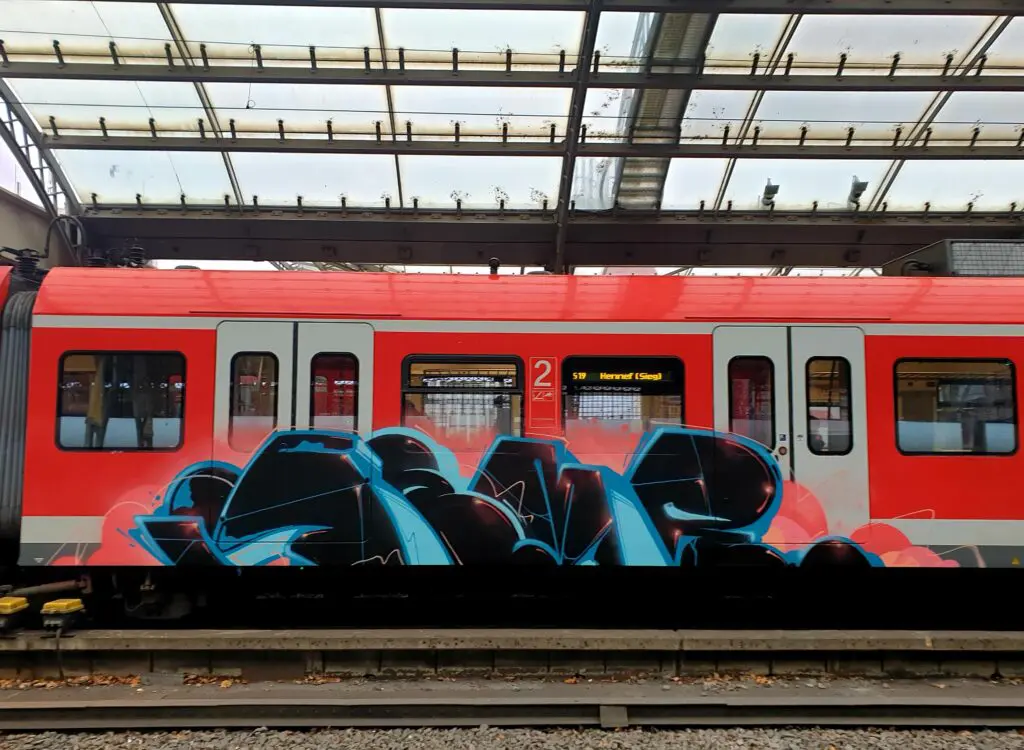
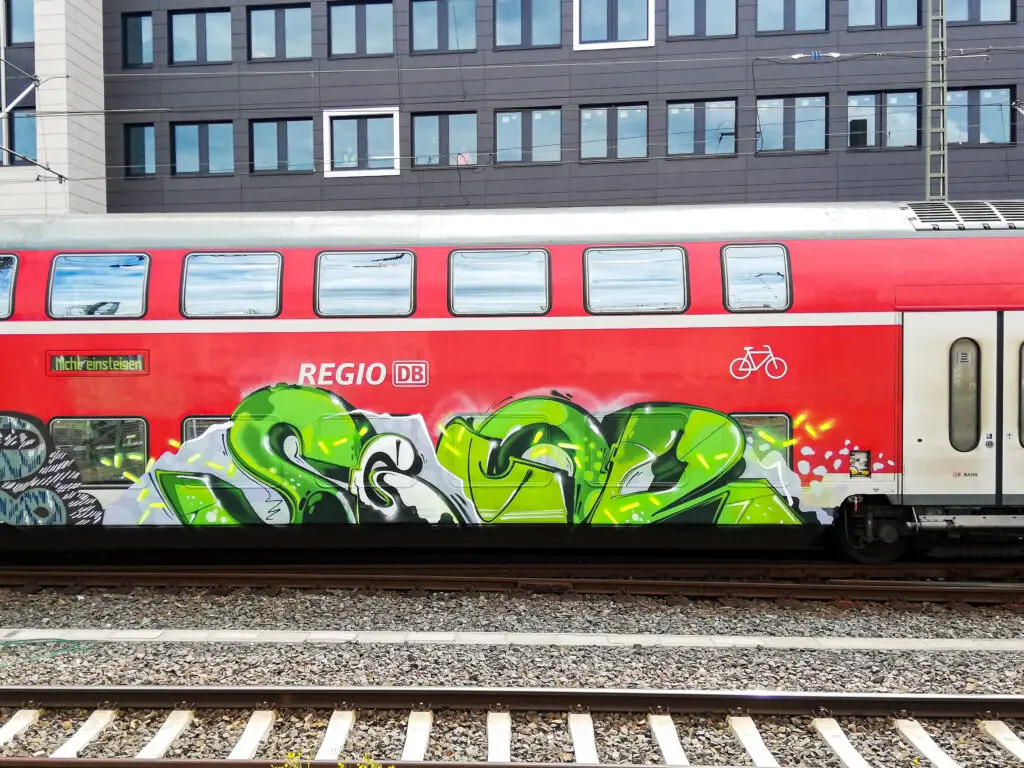
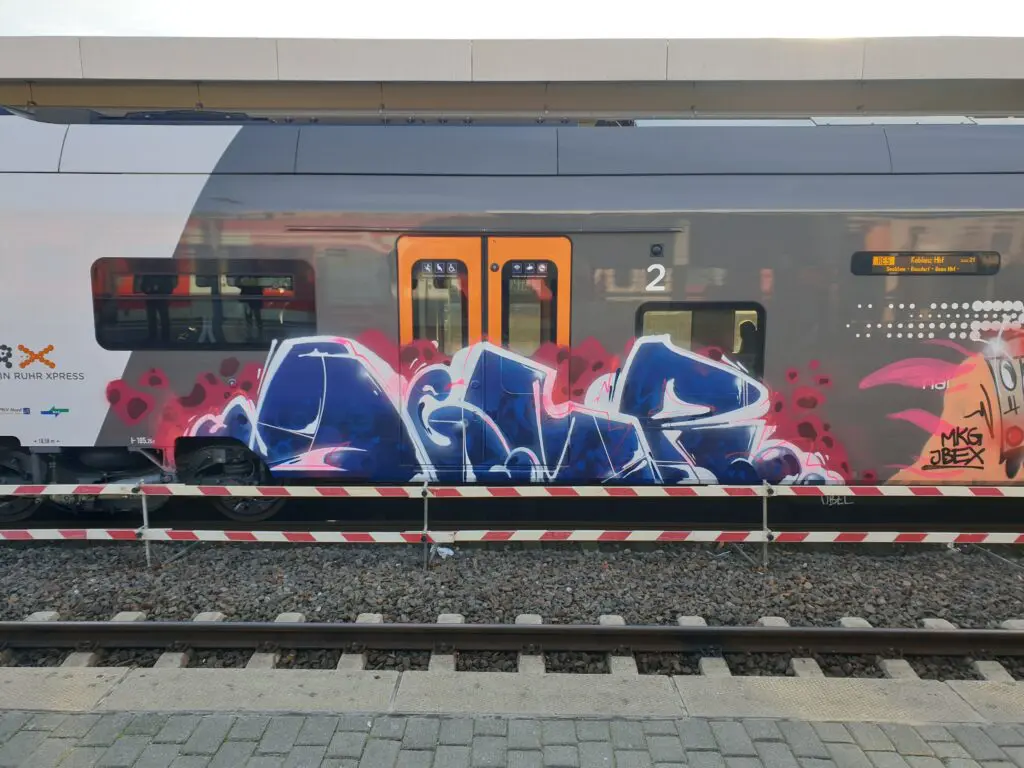
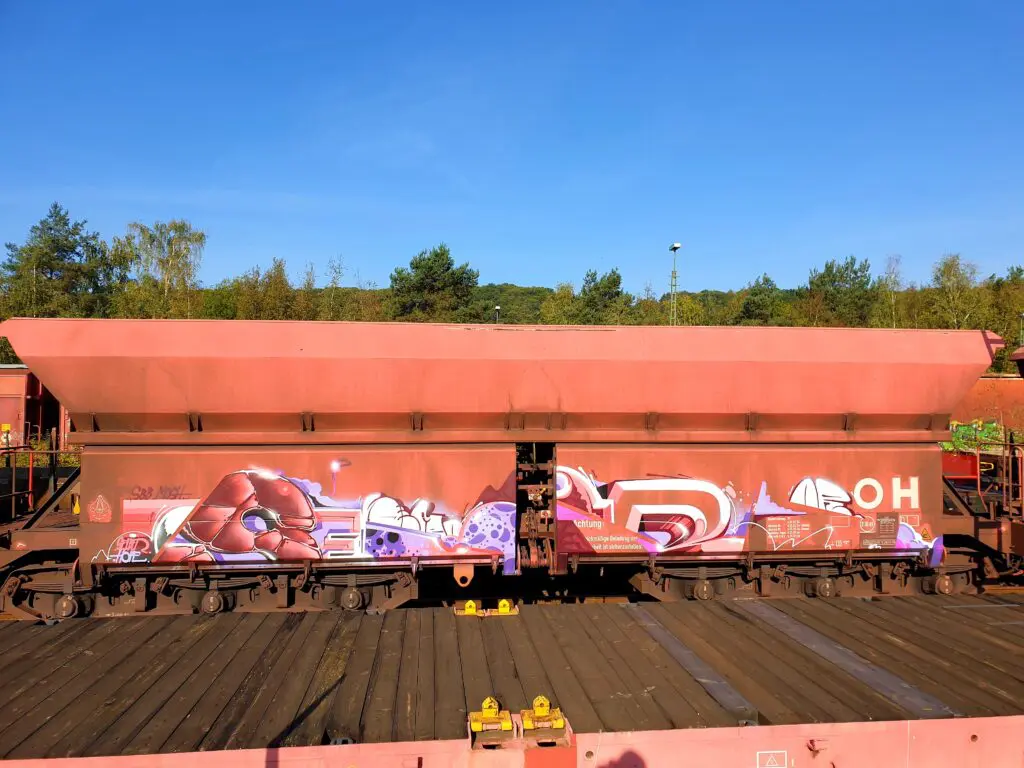
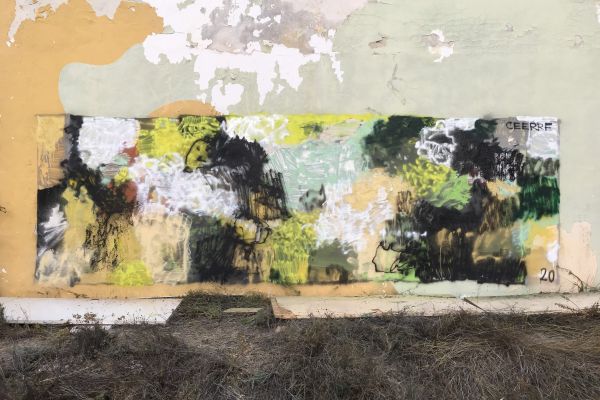
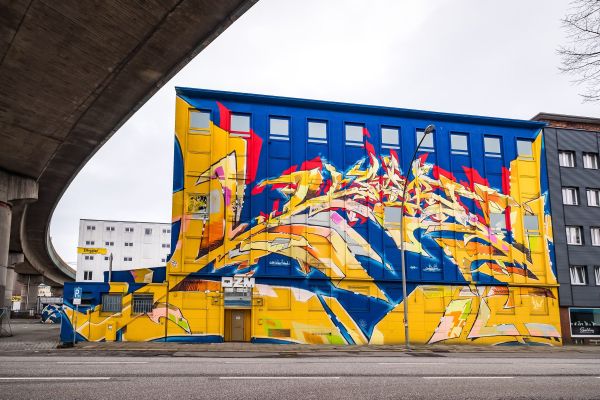
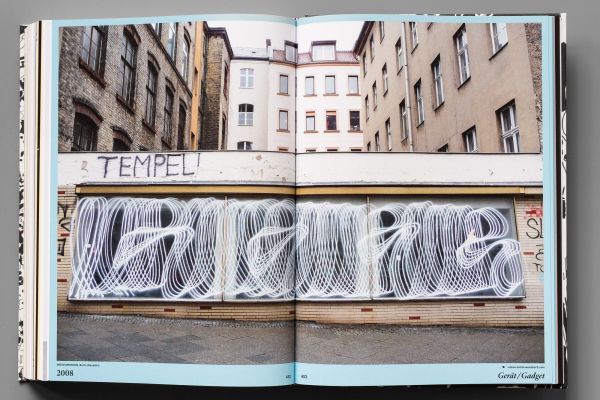
Leave a Reply